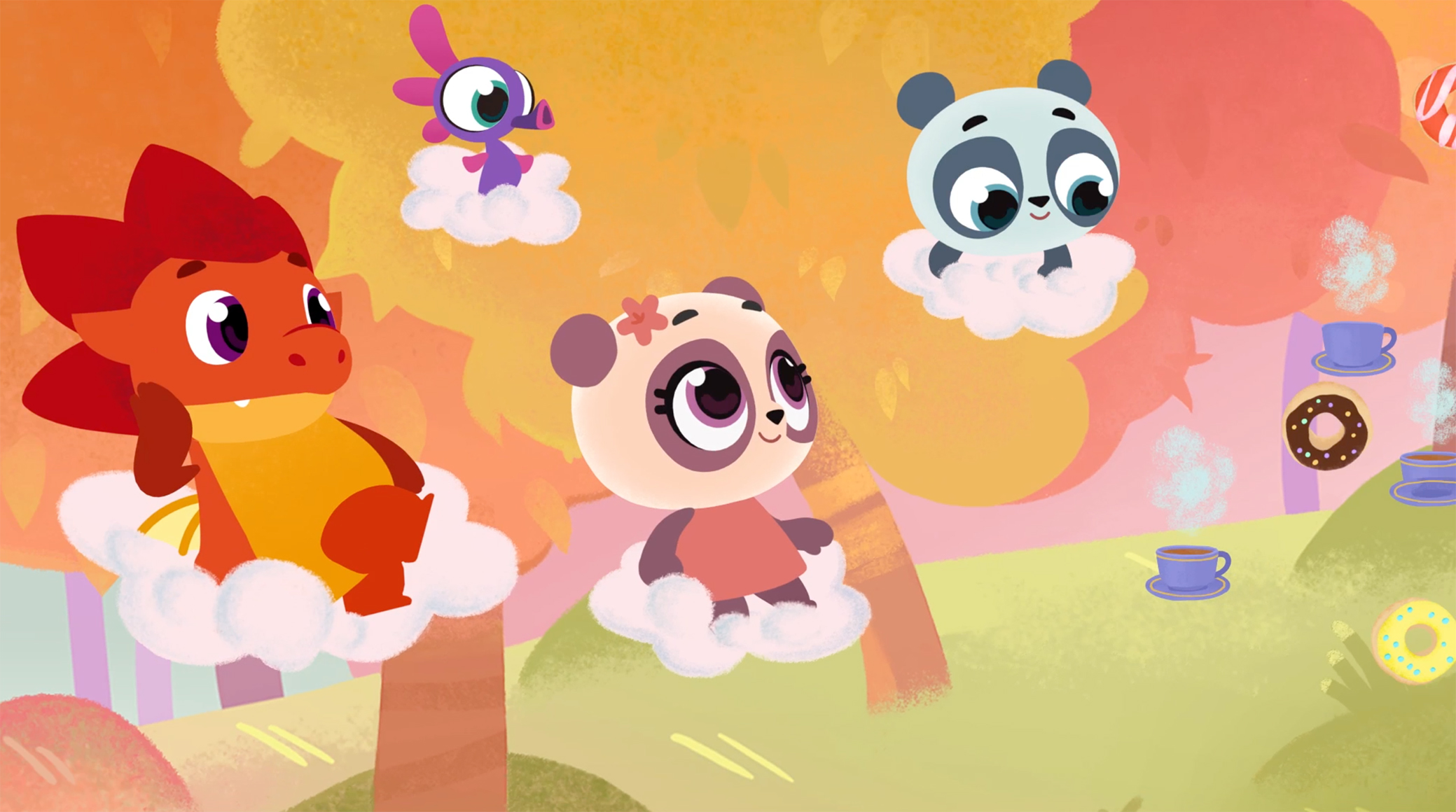The number of animation studios in Russia increased by more than one third between 2018 and 2022. The animation market is consolidated: the revenues of the 10 largest studios over the past five years account for about 60% of the money earned by all animation companies in the country, while also showing an average annual growth rate of 14%. Out of the 150* new projects launched throughout this period, 83 came from the top 10 companies. The top 10 market players (by the number of new projects) were joined by YARKO, a company owned by Gazprom-Media Holding, for the very first time.
Domestic animation offers
TV. Domestically produced animation was broadcast on 30 major TV channels in 2022, and the airtime was twice as long as in 2020, increasing from 0.77 million to 1.61 million minutes. Foreign cartoons, which used to occupy more than half of the screentime for all children’s animation in 2021, are no longer the basis of animation broadcasting.
Film distribution. 2022 broke records in terms of domestic feature-length animated releases, with 13 premieres hitting the screens. Furthermore, the share of domestic animation at the box office exceeded 50% for the very first time (reaching 53%, to be exact). Out of the films released, 30% were new features, while the remaining share was taken up by special cartoon compilations and re-releases.
Growth drivers
The Russian animation market’s growth between 2018 and 2022 was supported by government funding, export development, and an increase in the number of animation studios. Starting from 2018, these studios received a total of more than RUB 4 billion in the form of subsidies from the Russian Ministry of Culture and from the Cinema Fund, including more than RUB 3 billion in non-returnable subsidies.
Some other market growth drivers include the need for filling the gap left behind by foreign content, the absence of which did not make audience demand for animation any lower.
According to a GPM Data survey, 43% of parents note that their children have started watching cartoons more often over the past year. There can also be a number of future drivers, such as the spread of VoD services, export expansion, and personnel development, facilitated by the increasingly widespread use of animation beyond the media industry.
Trends
The Russian animation market is successfully applying the supplementary material model, such as the releases of sequels and spinoffs. Studios are continuing the post-COVID trend of switching their focus from cinemas to VoD services and social media. Almost all Russian animated projects created over the past five years are available on domestic streaming platforms.
Russian animation is experiencing active segmentation, through the emergence of projects targeting a specific gender or hobbies and there is also a nascent niche for teen animation. For instance, Gazprom-Media Holding’s YARKO studio is offering Sport Tosha and MATCH Team series for youth interested in sports, and is working on the Living Garage project for boys (to be released in 2023), along with the Technolike! series aimed at teen girls (expected launch in 2024).

